R-73 Air-To-Air Missile Seized From Venezuelan Man's Backyard
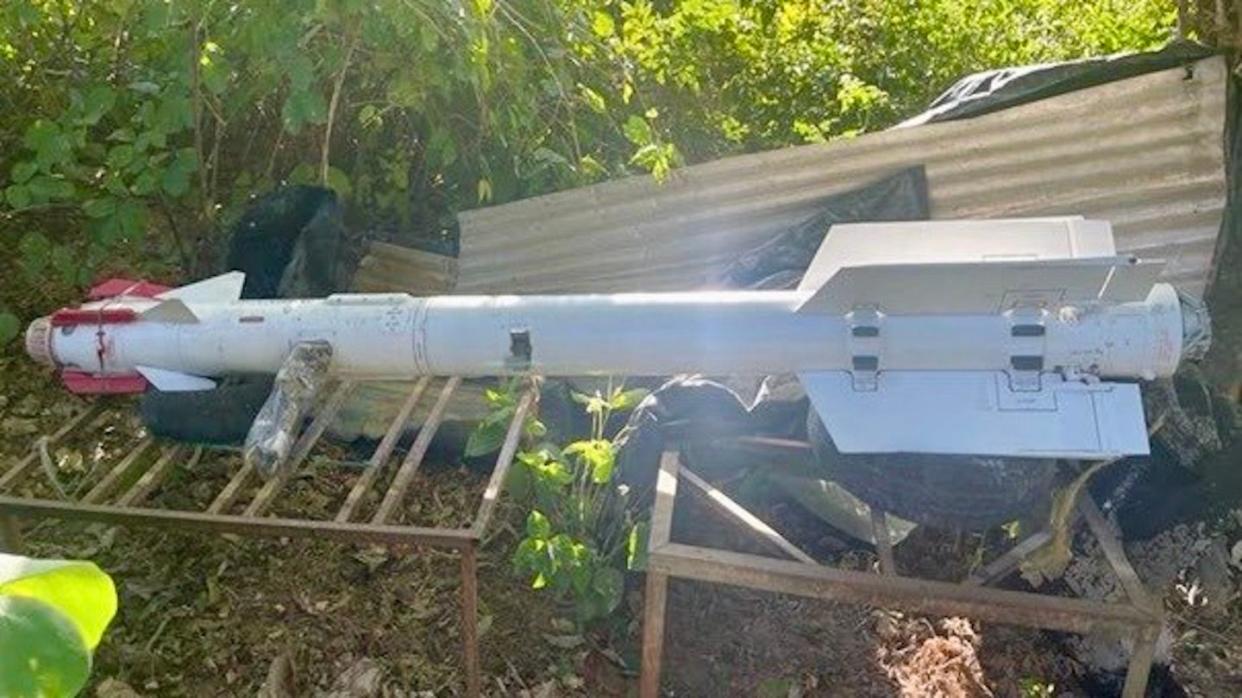
Details remain limited at this time, but Venezuelan authorities seized what’s likely a training variant of a Vympel R-73 air-to-air missile during a raid on a private residence over the weekend. The identity of the man harboring the missile, who was arrested by Venezuelan authorities, has not been released.
According to the Latin American defense outlet Zona Militar, the raid was conducted by troops belonging to the General Directorate of Military Counterintelligence (DGCIM) and Detachment 341 of the Bolivarian National Guard (GNB) in the city of El Sombrero, Guárico state, Venezuela. The open-source intelligence account CNW (@ConflictsW) highlights that the Venezuelan military has since released a statement stressing that the missile is inert, and was recovered in order to be used for future training purposes. Beyond this, we simply do not know if it is a captive training round that can fly on fighters with the necessary electronics but no rocket engine, or if it is a ground trainer.
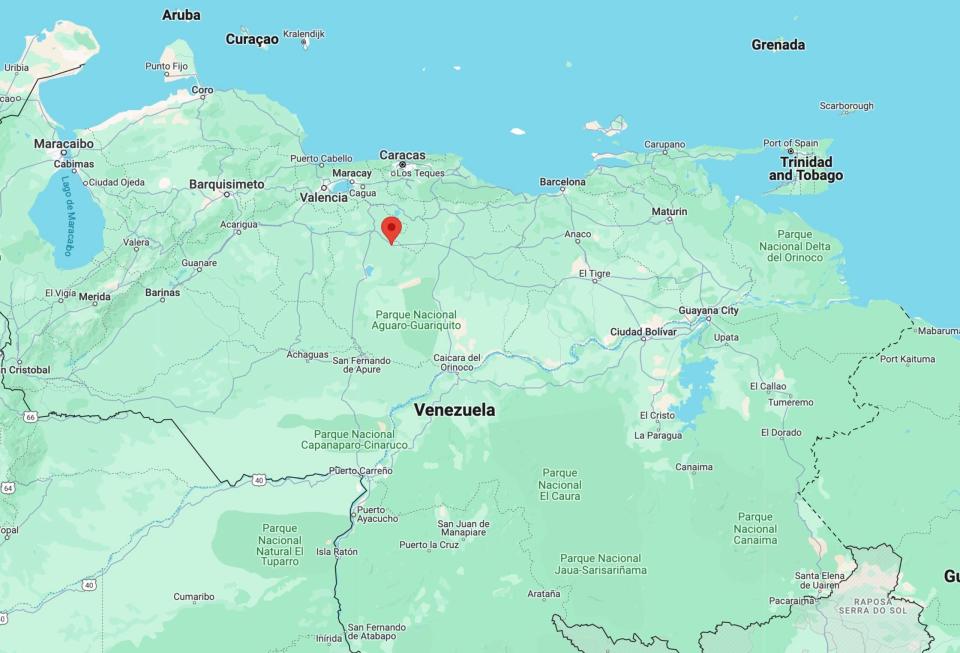
The Images above and below show it being propped up by metal frames and vehicle tires amongst the bushes of the unnamed man’s property. Visuals from the raid also show several members of the GNB carrying the R-73 away from the scene where it was discovered.
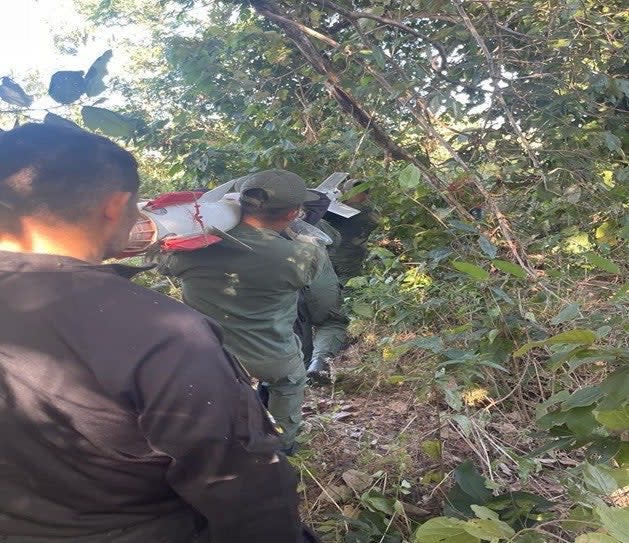
The short-range, infra-read heat-seeking Vympel R-73 missile, known by NATO as the AA-11 Archer, is produced by the Moscow-based Vympel NPO company and first entered service in 1984. The Aviación Militar Nacional Bolivariana’s (AMNB, Venezuelan Air Force) Sukhoi SU-30Mk2 fighters, of which 24 were ordered from Russia in a $1 billion contract in 2006, are capable of employing the missile. You can read more about the R-73, which is used by various militaries around the globe including Russia and Iran, in these past War Zone pieces.
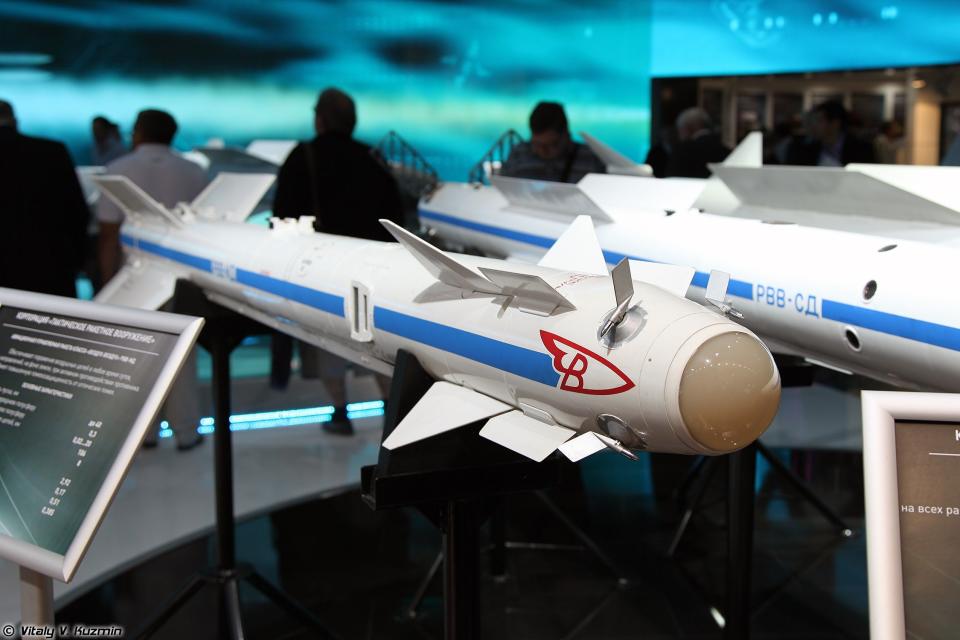
Although the precise location of where the missile was taken from remains murky, it has been suggested that it was likely stolen from the Capitán Manuel Ríos Guarico Airbase, which is located roughly ten miles east of El Sombrero. The AMNB’s fleet of SU-30Mk2s are operated by two different Grupo Aéreo de Caza (fighter groups). The first, Grupo Aéreo de Caza Libertador 13 (GAC13), is based at Barcelona/Luis del Valle Garcia AB (BAVALLE) in Venezeuela’s Anzoátegui state. The second, Grupo Aéreo de Caza 11 (GAC11), is based at El Sombrero/Capitán Manuel Ríos Guarico AB (BAEMARI). GAC11 controls two squadrons: Escuadrón 33 Halcones and Escuadrón 34 Caciques. Venezuela has lost three of its Russian-supplied SU-30Mk2s, the most recent of which involved a fighter with the serial number 3363 crashing during a training flight in July.
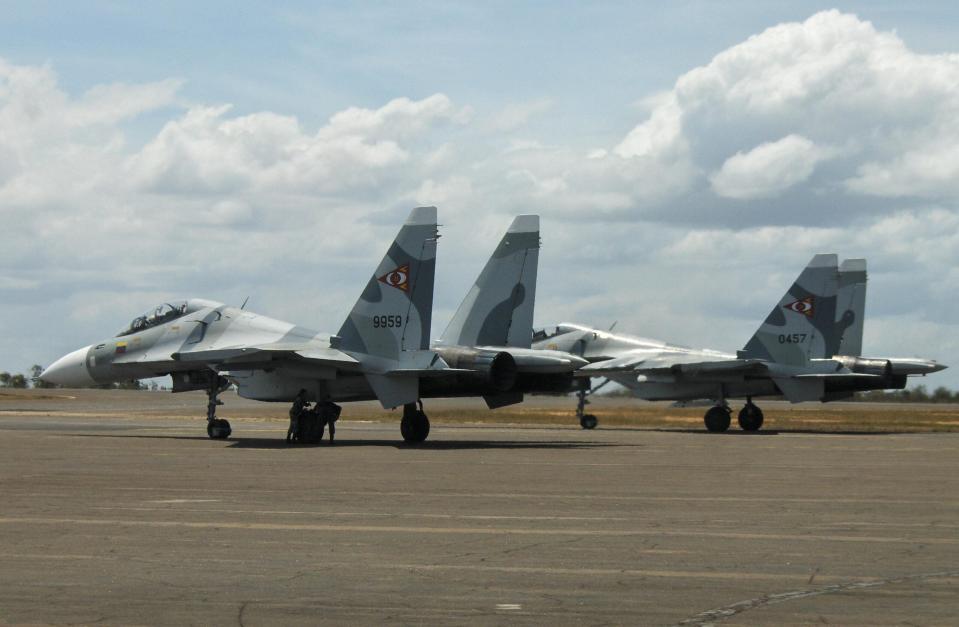
How exactly the man obtained the missile, either from Capitán Manuel Ríos Guarico AB or elsewhere, or what he intended to use it for also remains unclear. Whatever means by which it was taken, however, political turbulence within Venezuela — the most recent of which hinges on the outcome of voting held Sunday concerning a the potential move to claim large areas of territory within the country’s oil-rich neighbor Guyana — has led to prime conditions for a flourishing black market with international reach. You can read our recent explainer on the worries that Venezuela will soon invade Guyana here.
Beyond Venezuela, air-to-air missiles (AAMs) as well as surface-to-air missiles (SAMs) from numerous countries have found their way onto the global black market. As for the Russian R-73, in the past, they have been adapted for surface-to-air use. Houthi rebels in Yemen, for example, have previously converted them into SAMs; underscoring how their proliferation on the black market can lead to their use beyond employment by fighters.
We will update this story if new information comes to light.
Contact the author: oliver@thewarzone.com

